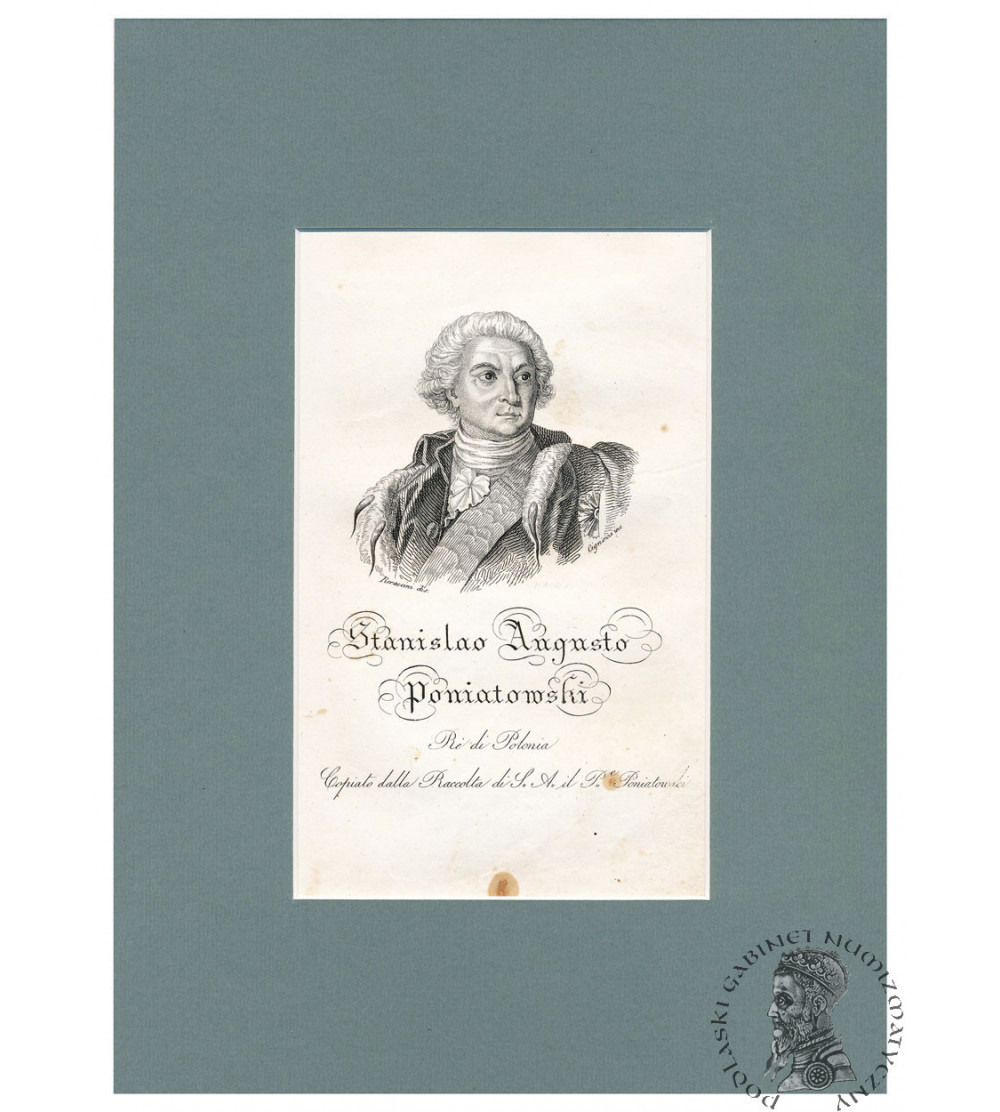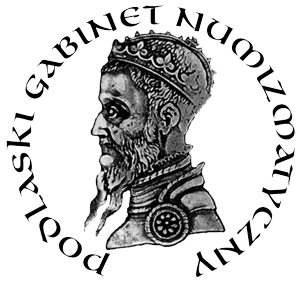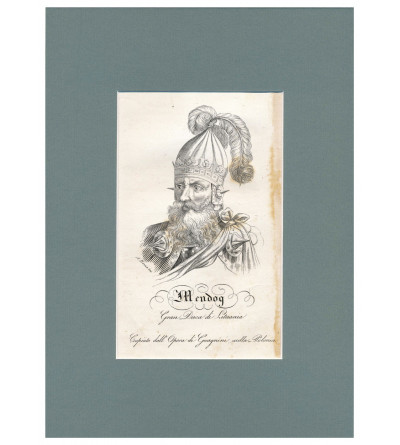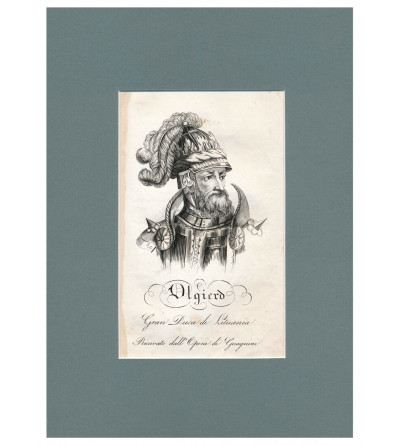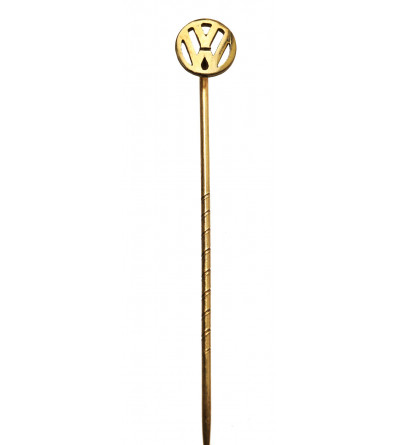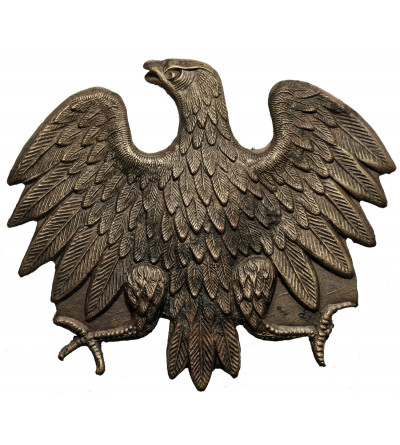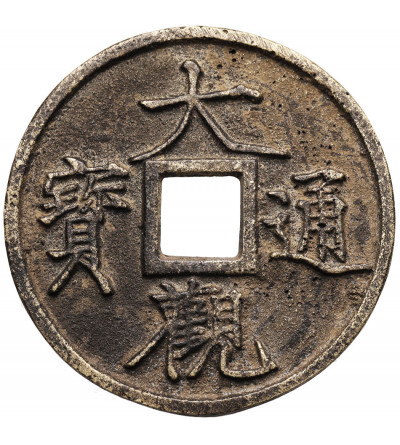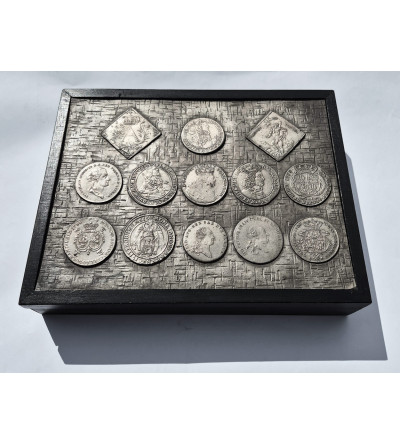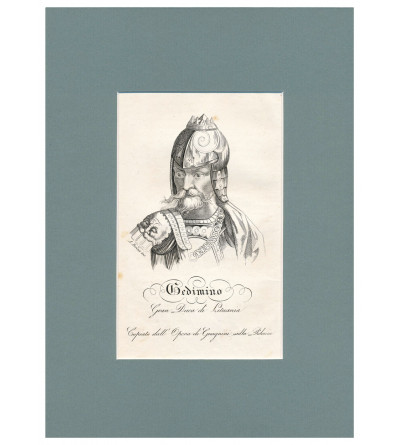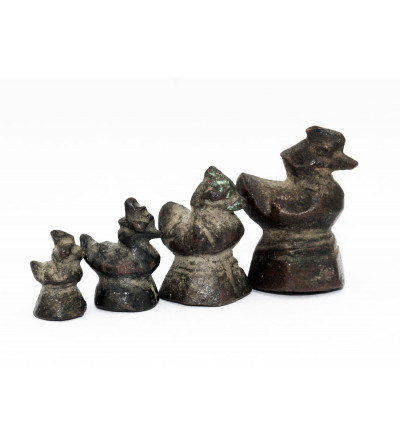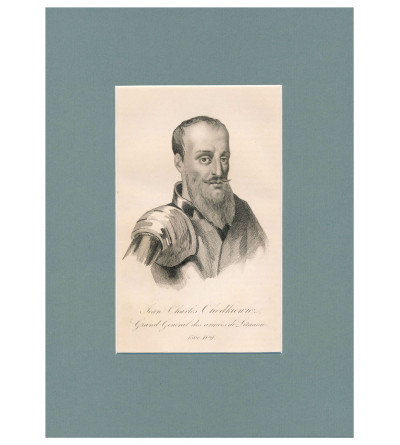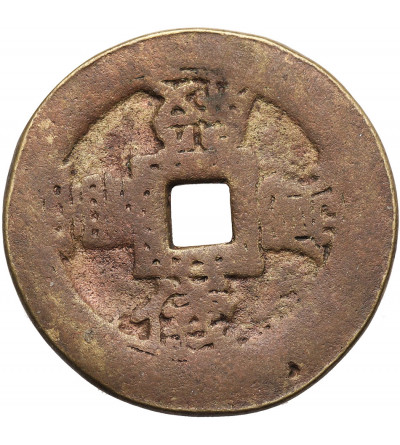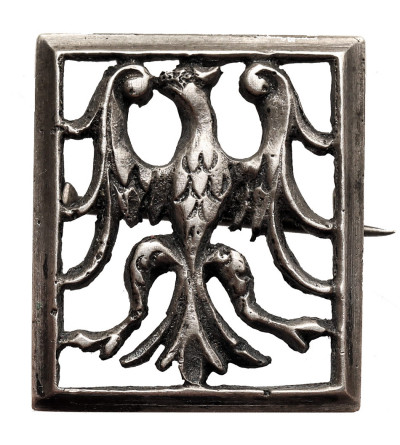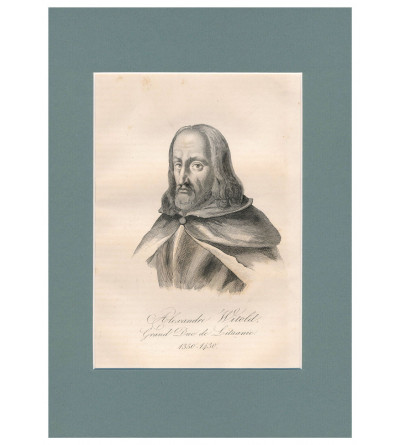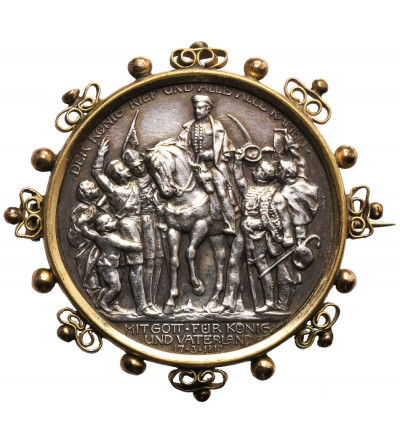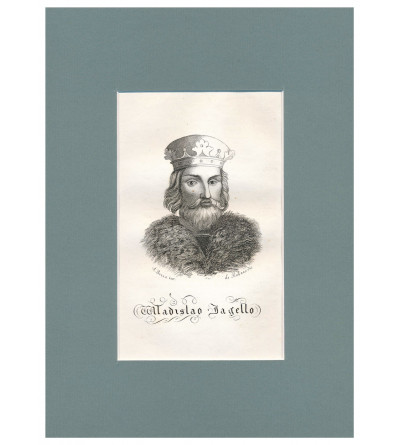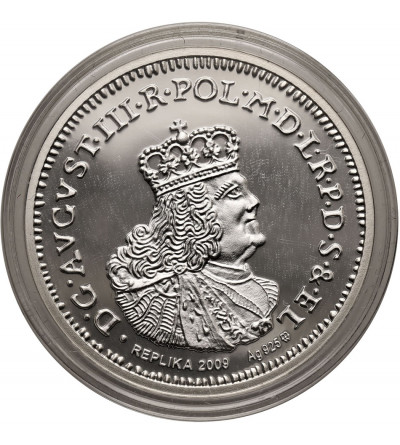Stanislaw August Poniatowski (1732-1798). Elective king of Poland after the death of Augustus III, the last king of the Polish-Lithuanian Commonwealth. He was born on January 17, 1732 in Wolczyn. He was the son of an influential but not very wealthy aristocrat, Stanislaw Poniatowski. Carefully educated, he began his career in the Lithuanian chancellery in 1748. He was a deputy to the Sejm, and from 1755 was a Lithuanian capitalist. He spent several years in St. Petersburg, first as secretary to an English deputy and then as a Saxon deputy. At that time he entered into an affair with the wife of the Russian heir to the throne, the future Tsarina Catherine the Great. With her support, put forward by the Czartoryski family, whom he served, he was elected Polish king on November 25, 1764. Since ascending to the throne, Stanislaw August made efforts to strengthen Polish culture. In 1765 he established the National Theater in Warsaw. In the same year, the Monitor magazine was founded under his patronage, and a Knights School was established in Warsaw to educate future cadets. He formed a permanent Polish diplomatic service. From around 1770 he organized "Thursday dinners." In 1773 he co-founded the Commission of National Education. A patron of the arts and a reformer, he made mostly unsuccessful attempts to modernize the Polish political system and end the prevailing state impotence. On February 24, 1768, the Republic signed a treaty of perpetual friendship with Russia, by virtue of which it became a Russian protectorate. Catherine II, for her part, guaranteed the inviolability of the country's borders and internal system. From 1768 he struggled against the Bar Confederation, which was formed by part of the nobility. In 1772 he failed to stop the first partition of the state, carried out jointly by Prussia, Austria and Russia. Yielding to violence, he joined the Targowitz confederation. His project to change the political system became the basis of the May 3 Constitution adopted in 1791 during the Four-Year Sejm. A year later, Russian troops entered the country, and in 1793 the second partition of Poland took place. Stanislaw Augustus lost real power, and after the outbreak of the Kosciuszko insurrection he became a hostage of the insurgents. On November 25, 1795, at the behest of Tsarina Catherine II, he left Warsaw for Grodno and signed the act of his abdication. He received a lifetime pension from the partitioning states, all the more necessary since he was regarded as one of the most indebted monarchs on the continent. The last king of Poland died in St. Petersburg on February 12, 1798. He is currently buried in the Archcathedral Basilica of St. John the Baptist in Warsaw. Source: ciekawostkihistoryczne.pl
,,STORIA DELLA POLONIA" BY BERNARD ZAYDLER - HISTORY OF POLAND IN PICTURES TOLD TO ITALY. The title of the work Storia della Polonia fino agli ultimi tempi scritta dal dottore Bernardo Zaydler Polacco membro della Regia Società degli Amici delle Scienze in Warsavia, e di pare-cchie accademie letterarie italiane can be translated as "History of Poland until the last times written by Dr. Bernard Zaydler, a Pole, member of the Royal Society of Friends of Science in Warsaw and similar literary academies in Italy." It was published in the Florentine outhouse V. Batelli e Figli, in 1831, that is, during the November Uprising, when the Polish-Russian war was taking place on Polish soil. The "ultimi tempi" mentioned in the title, however, did not include the uprising, and the last chapter of the book was devoted to the flourishing Kingdom of Poland under Czar Nicholas I, whose portrait precedes the title page of the publication. The book consists of two volumes, the first of which has 440 pages and the second 720. The work is illustrated with 107 charts, created in intaglio by Florentine printmakers based on contemporary and ancient engravings. There are also two maps depicting the borders of Poland: pre-partition and from 1831.As Jadwiga Jaworska matter-of-factly describes the book's illustrations, they are "flimsy engravings made by mediocre engravers" . Most of their authors are known mainly from this very publication and only their names, often without first names, fixed in signatures under the compositions, have survived to our times. These included: Corsi , Verico , Adamo Bozza , Nasi, Cignozzi. Among the illustrators, the name of Francesco Pieraccini appears , about whom also little is known. Source: Kamilla Pijanowska, National Museum in Warsaw
